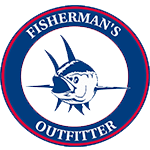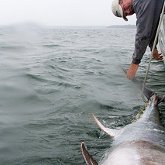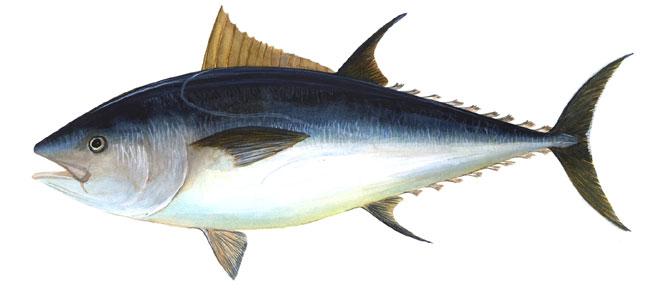Spreader Bars For Off-Shore Fishing – Podcast
October 31, 2013Custom Made Terminal Tackle and Accessories – Podcast
November 7, 2013Fishing for yellowfin tuna here in New England is about as good as fishing can get. By no means is fishing for yellowfin easy; a great amount of travel, preparation, determination, and some luck are all necessary when hunting for this clever fish. For dedicated winter fishermen willing to go “over the edge” (otherwise known as going east of the continental shelf), the gulf stream offers yellowfins a great home. In sunnier months, the seasonal warming of the ocean allows them to spread out to the southern part of the shelf, known as The Canyon, and even to the surrounding areas a bit closer inland. The yellowfin is found in warm waters mainly, but they can also be found in more temperate places such as North Carolina, as well as in southern New England. Although it takes more travel than most coastal fish, those who love fishing for yellowfin find it all part of the fun.
Reeling a Yellowfin Tuna out of Water
So how do you reel in these big guys once out on the water? Chumming and trolling, mainly. Chumming, involves placing “chum” (made of fish parts and blood) in the water to lure the fish toward your baited hook. Trolling creates a flashier presentation, using different lures in various relationships to one another in the wake of your boat at a slow pace (6-8mph) to fool the tuna into thinking it’s found a nice school of fish to eat. Butterfish is common bait for chumming. Spreaders, daisy chains, and spreaders full of enticing-looking lures are most common with trolling, and you can’t go wrong with throwing some green in there, which is said to be extremely appealing to the tuna.
Make sure you know the average size of yellowfin people are catching in your target waters. Having the right reel is very important, and you don’t want to be stuck trying to reel in a hundred-pound fish with equipment that is too light. While gear in the 130-pound range is traditional, 50-pound class tackle is generally in the safe zone, since the yellowfins up north tend to be smaller than those found in generally warmer waters.
If you find that perfect sweet spot of gear, you and your fishing buddies may find yourself glad you packed your gimbal belt or back harness as you try and reel in multiple yellowfins at once. A definite battle, reeling this fish in takes time and patience … but if you are looking for a unique and challenging day of fishing, don’t hesitate to head out to the deep seas.
Photo credit: OAR/National Undersea Research Program (NURP) / Foter.com / Public domain


